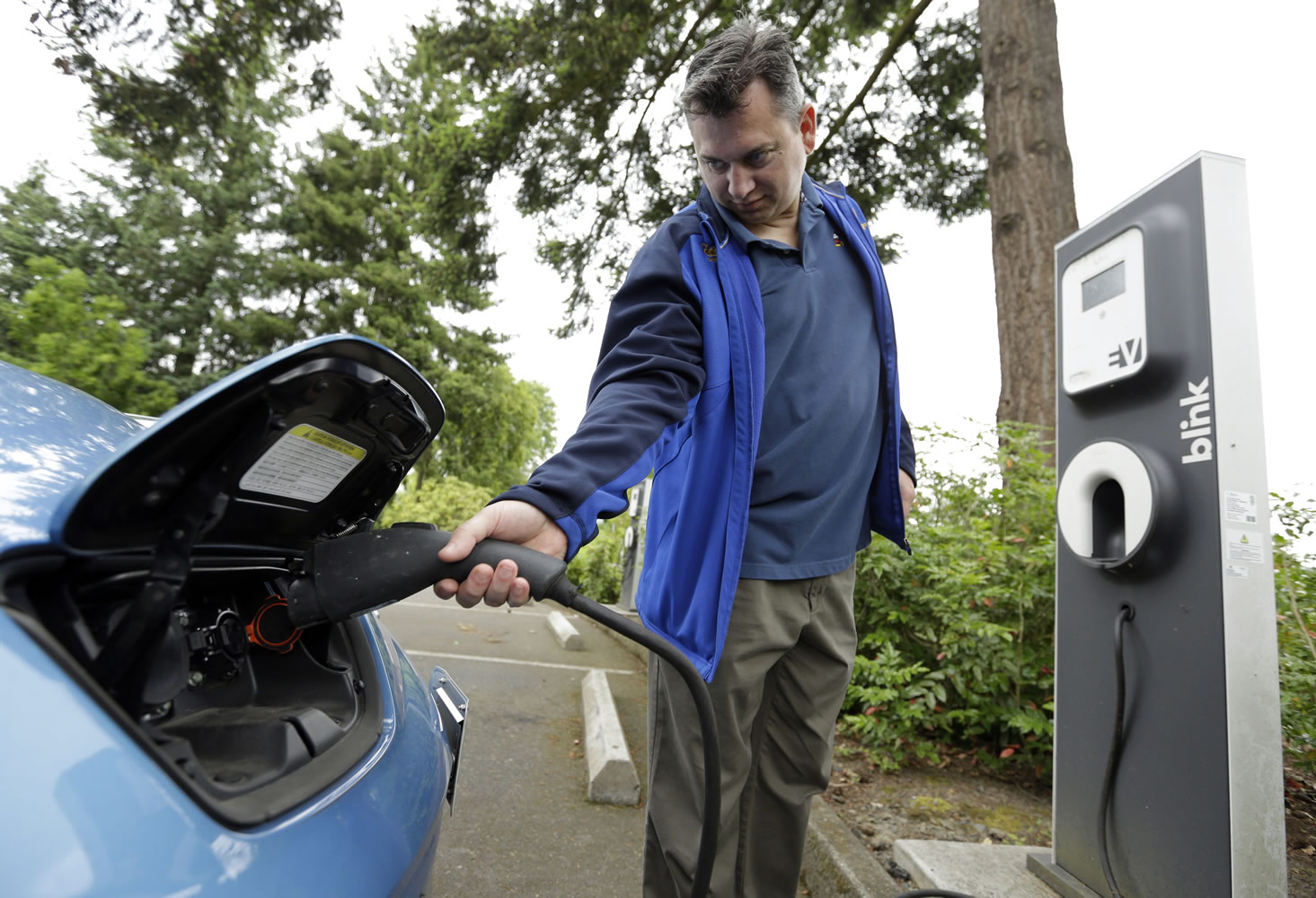SPOKANE (AP) — A power company that wants to install 265 charging stations in Eastern Washington state is asking state regulators to approve a two-year pilot program that would expand electric vehicle use in the region.
Avista, in a request filed last month with the Washington Utilities and Transportation Commission, cites environmental benefits, fuel cost savings and vehicle performance as benefits of the plan to put in electric vehicle supply equipment, or EVSE.
“A comprehensive EVSE program aligns with state policy goals to achieve societal benefits, is responsive to customers, and addresses critical adoption barriers,” the company wrote in the request.
The company said work could begin in May if the plan is approved.
The company estimates it will cost about $3.1 million to put the charging stations in 120 homes, 100 work places and 45 public locations. Seven of the public locations would have fast-charging stations that take 15 to 20 minutes to replenish a battery.
It hasn’t yet been decided how the locations will be selected, said Avista spokeswoman Mary Tyrie.
About 12,000 electric vehicles are registered in the state, which has an Electric Vehicle Action Plan that calls for 50,000 electric vehicles by 2020.
Andrew Biviano, a local attorney and electric vehicle enthusiast, said there are poor options for charging stations with competition for existing stations making it a challenge. Additional charging stations, he said, could cause more drivers to see the benefits of electric vehicles.
“They’re incredibly cheap to operate, not only on gas but with maintenance,” Biviano told The Spokesman-Review. “You don’t have oil changes. Literally, you have to rotate the tires once a year and top off the wiper fluid. That’s it.”
He said it costs about $20 a month for the electricity to travel 1,000 miles. Using a wall outlet at home, he said, it takes 12 hours to get a charge to drive 60 miles.
Avista’s pilot program, with better technology, would charge batteries for a 30-mile drive in about two hours.
Avista generates about 48 percent of its power from dams and 6 percent from wind. About 35 percent comes from natural gas and 9 percent from coal.
“In addition to the near-term benefits of improved air quality, over the long term the electrification of the transportation sector will likely play a key role in the larger effort to reduce climate change risk,” Avista wrote in its document to state regulators.



